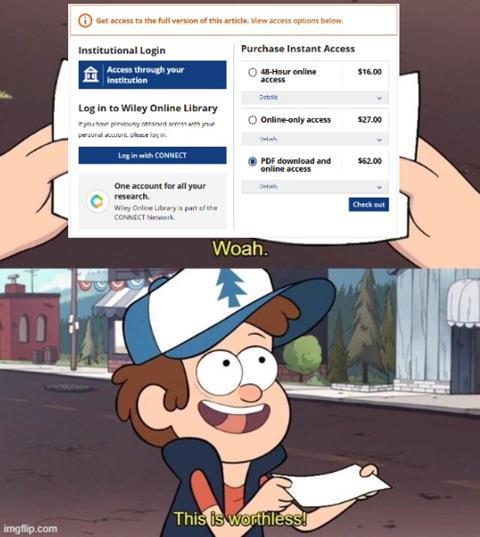Everything about publishing science is now digital, except for the price tag. Sjoerd Rijpkema wonders how long this can be sustained.

I doubt anyone has ever actually clicked ‘Checkout’ to purchase a journal article. You often have access through work or educational institutions. If not, simply email the author to request the PDF. And let’s be honest: Sci-Hub exists. Yet publishers continue to stick to this revenue model. They own the copyright to all articles, and it’s almost as if you have to beg to be allowed to use your own work.
The concept of a journal used to make sense. Before the internet, publishers acted as a central hub: researchers submitted their work, reviewers assessed it, and once approved, it was printed and distributed. This process required staff, printing and distribution, so it came at a cost. Journals offered convenience and quality.
Today, that is largely unnecessary. Articles are submitted, reviewed and published online. Reviewers are not paid, physical editions have virtually disappeared and yet the price of access continues to rise. Publishers’ costs are a fraction of what they used to be, yet their profit margins are greater than ever.
The result is an archaic system that defends its position of power at all costs. They present themselves as indispensable and exploit open access to obtain subsidy money. However, science no longer requires publishers to operate in this way. Open online platforms can guarantee quality just as well, without intermediaries getting rich from it. If Netflix exists, why do we still go to Blockbuster?












Nog geen opmerkingen